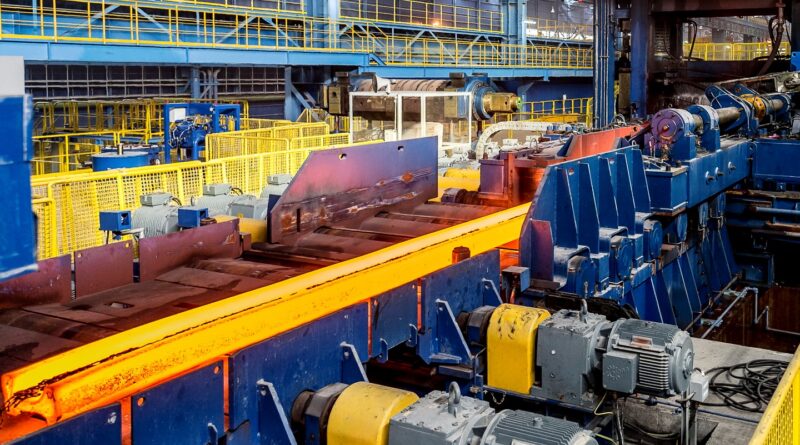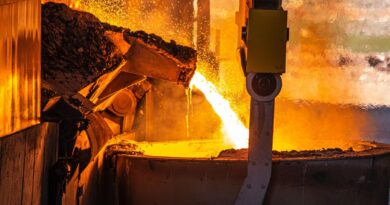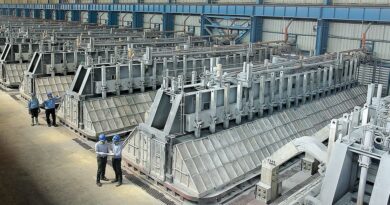SE-Asia’s steel production set to surge, worries of overcapacity
The continuation of ambitious expansions in steel capacity in Southeast Asia is strong even in a global pandemic. Five million tons was added in 2020, sixty million tons more is planned by 2030. This extra capacity is led by Chinese investment, largely through the blast furnace route. The blast furnace production in the region is predicted to surge and elevate the demand for iron ore and metallurgical coal.
With competition from imports, these ambitious plans will also exacerbate overcapacity. The base-case scenario does show steel output growing 5% annually between now and 2030. However, the capacity surplus is also expanding.
With profitability under pressure, companies and regulators in the region have already taken action. For example:
- Opposing expansion plans: steel manufacturers and associations have called for the 10Mt Wenan Steel project in Malaysia to have its manufacturing license suspended.
- Pushing back on substandard technology: regulatory authorities have raised environmental and product-quality concerns over Chinese players dumping obsolete induction furnaces in the Philippines, Indonesia and Thailand.
- Shelving projects: Vietnam steelmaker Hao Sen has scrapped a 4.5 Mt mill, citing competition from cheap steel imports from China.
- Tightening regulatory frameworks: regions plan on limiting the numbers of licences being issued and are imposing trade barriers.
However, despite these checks on expansion, Wood Mackenzie still expects around 60-70% of the 60 Mt planned expansion to materialise.
Countries of Southeast Asia are already lowering their finished steel imports, but, at 60%, the ratio to consumption is still very high. Local steel manufacturers have long urged for government support to curb imports.
Major economies have introduced duties on steel products from their export partners, including Vietnam, Malaysia, Thailand and Indonesia. Vietnam, for example, has placed duties of up to 25% on cold-rolled sheets and coil from China, while Indonesia has imposed duties on several flat product imports from China, Russia and India.
These measures will further restrict finished steel imports, which are expected to decline to 40-50% of consumption by 2030. However, the total value is still high when compared with the current global average of 20%.




